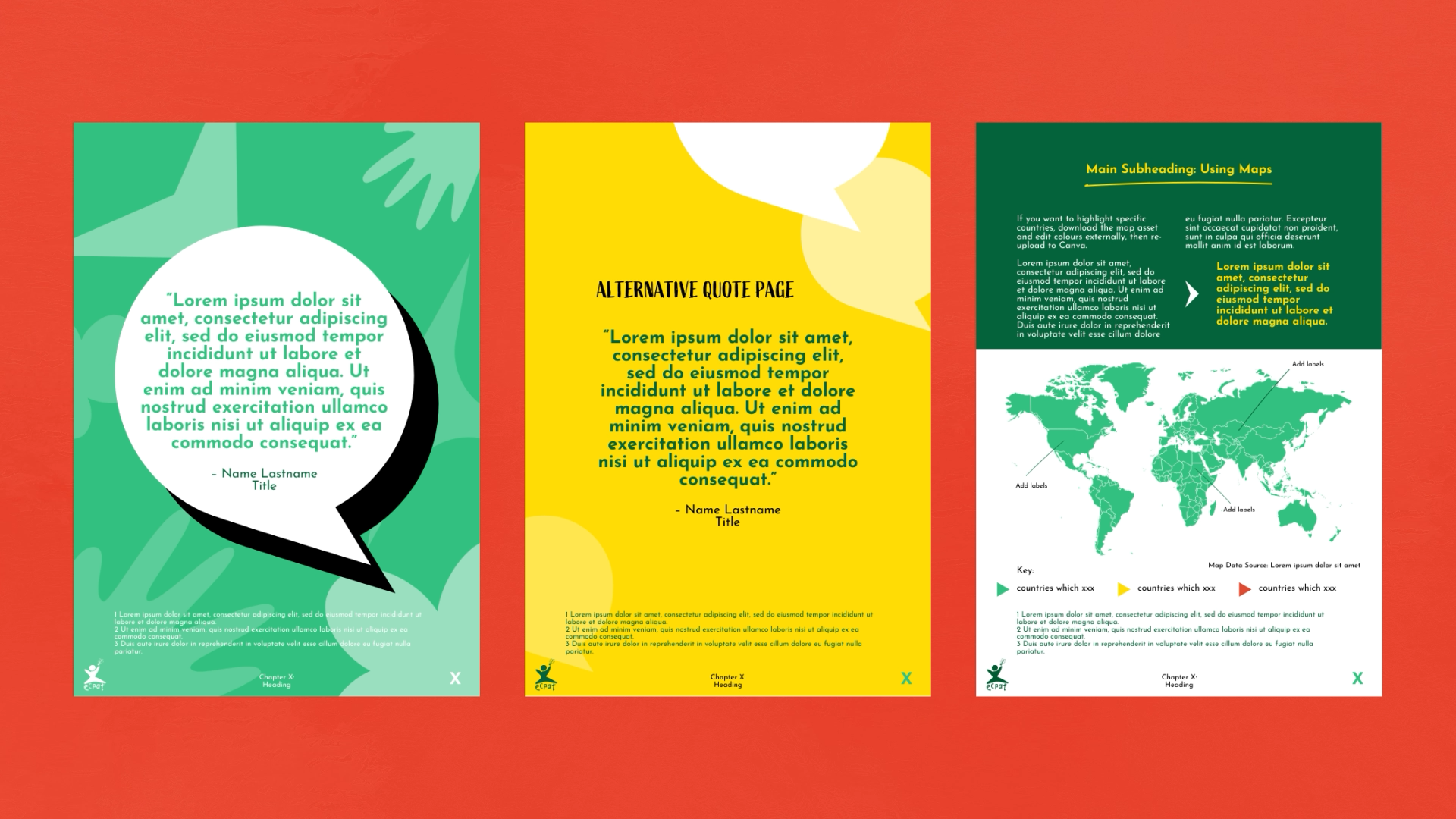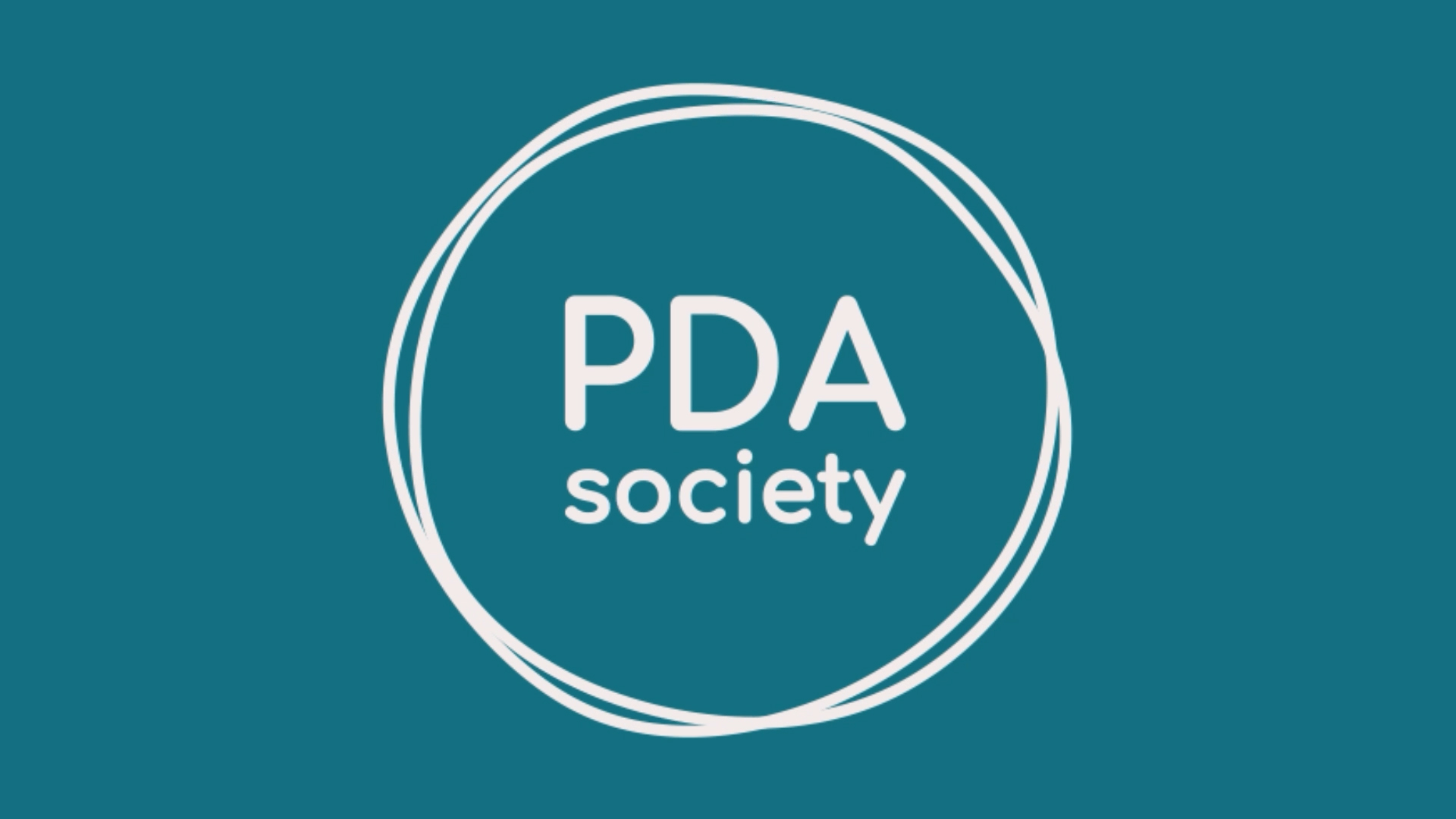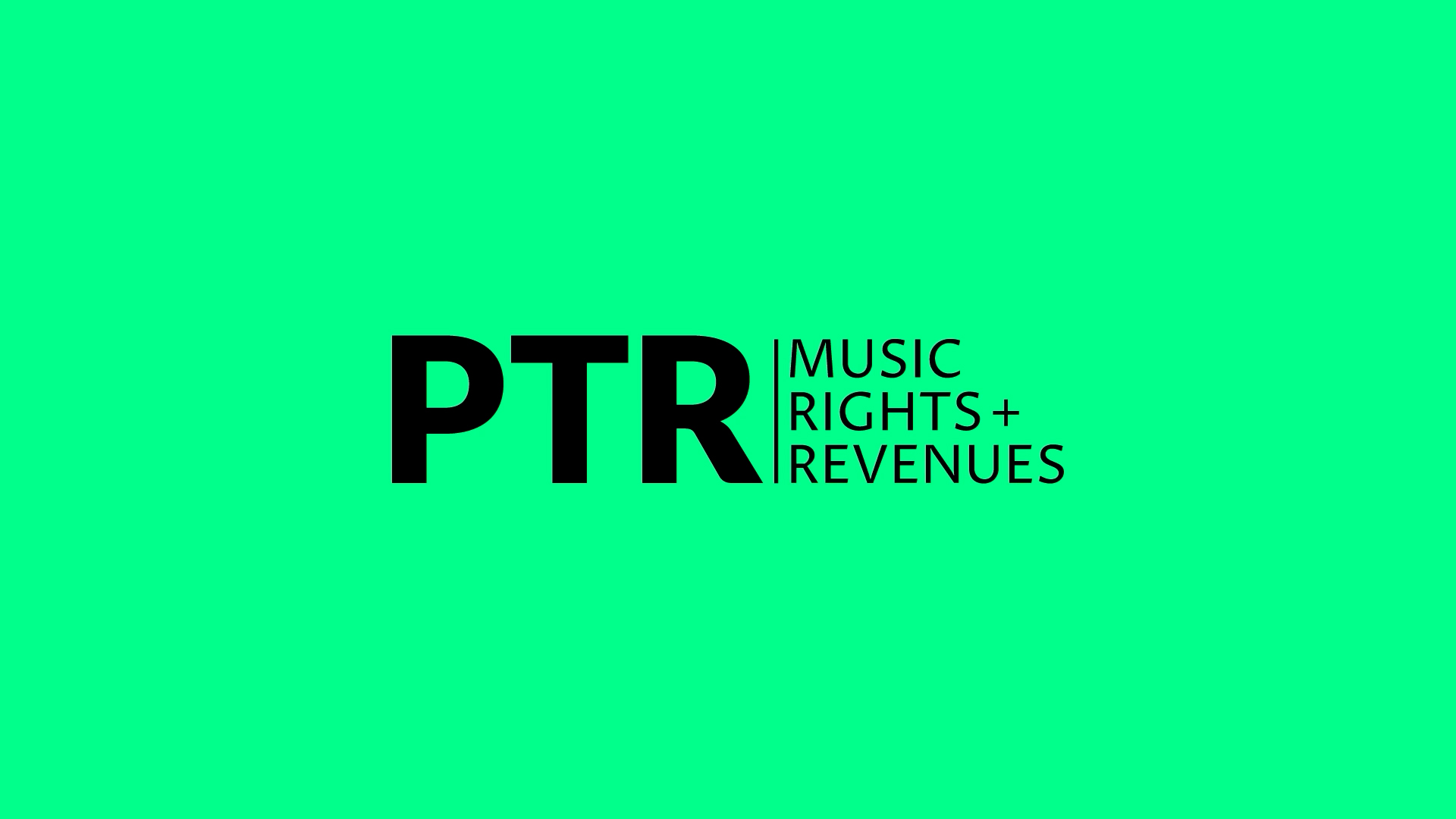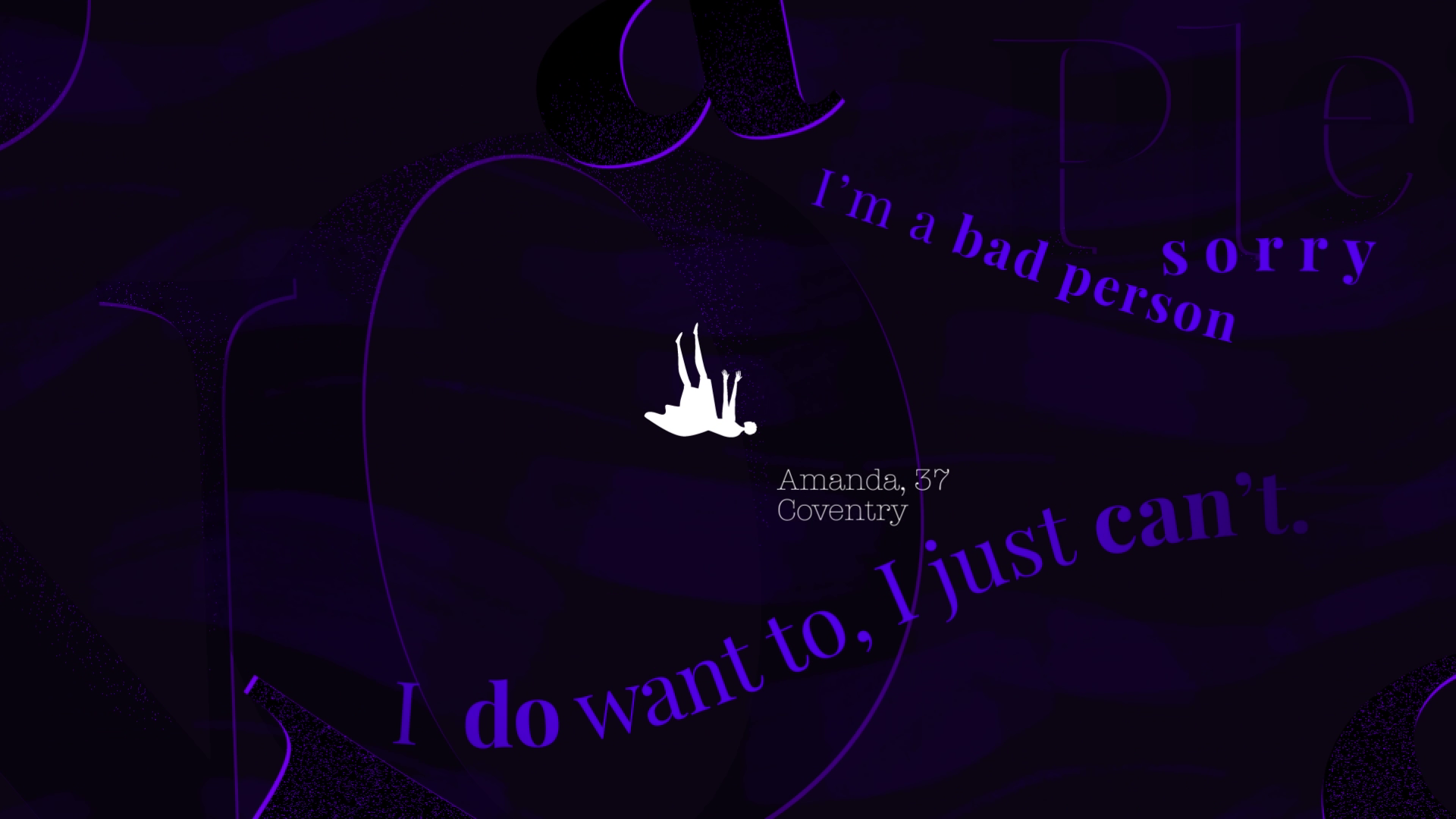
Patients’ stories brought to life
At Content Creatures, we believe in the power of storytelling to bring about change. Our latest collaboration with Cambridge Consultants showcases this belief in action, as we created two animated explainers for healthcare about the future of medical devices and patient care.
This case study delves into our comprehensive creative process and the outcome of our efforts that were spotlighted at the North American Neuromodulation Society conference.
Cambridge Consultants, a leader in medical device innovation, sought to present their advancements in the medical devices division in a compelling way. Recognizing the potential for narrative-driven content, they partnered with Content Creatures to create two animated films. We designed these films to not only showcase future technologies but also to demonstrate the tangible benefits of medical implants on future patient healthcare.
Client
Cambridge Consultants
Industry
Consulting
Healthcare
What We Did
- Animation
- Copywriting
- Creative strategy
- Digital assets
- Motion design
- Storyboarding
- Voiceover production
Bill’s Story:

The Challenge
The medical field often faces the challenge of presenting complex, technology-driven solutions in a way that’s accessible and engaging to a broad audience. While the initial audience for this video were neuro-specialists with specific knowledge of the field, Cambridge Consultants wanted to focus on the human benefits to open the content up to buyers in the future.
We aimed to address this need by highlighting their groundbreaking research and development in neuromodulation and Parkinson’s treatment through storytelling that resonates with both medical professionals and administrators. In both films, we focus on a central character’s healthcare journey.
Crafting the narrative
Leveraging our Design-led Storytelling approach, Content Creatures developed two fully illustrated character-driven narratives. These films followed the journeys of fictional patients benefiting from revolutionary medical implants, exploring themes of hope, innovation, and the profound impact of medical technology on individuals’ lives.
- The Journey of Bill: A retired firefighter facing persistent back pain finds relief through a spinal cord stimulator, only to encounter new challenges that lead him towards a pioneering gene therapy trial.
- Judy’s New Beginning: A woman diagnosed with Parkinson’s disease undergoes a transformative treatment involving a micro-implant, showcasing the possibilities of personalized care and technology-enhanced recovery.
Designing the story
Designing illustrative characters with believable stories is an essential aspect of creating interesting visuals. A well-designed character can capture the audience’s attention and draw them into the story, making it more immersive and engaging.
For this project, we added depth to the characters by incorporating a “human” element through the use of textured watercolour style. This technique adds a unique touch to the illustrations and evokes a sense of nostalgia and familiarity. The imperfect brushstrokes and uneven color distribution mimic the imperfections found in real life, making the characters feel more tangible.
Moreover, incorporating this style into character design allows for storytelling through visuals. The different shades and textures can symbolize various emotions or events in a character’s life, adding depth to their story without having to explicitly state it.
A positive reception
The films were met with acclaim at the North American Neuromodulation Society conference, effectively communicating the potential of future technologies in enhancing patient care. Through these narratives, Cambridge Consultants not only showcased their expertise but also underscored the importance of patient-centered innovation in healthcare.
Our collaboration with Cambridge Consultants exemplifies the power of design-led storytelling in translating complex ideas into compelling narratives. At Content Creatures, we’re proud of these animated explainers for healthcare, and to have contributed to the discourse on the future of biotech, demonstrating how creative content can illuminate the path towards innovation and empathy in medical technology.









